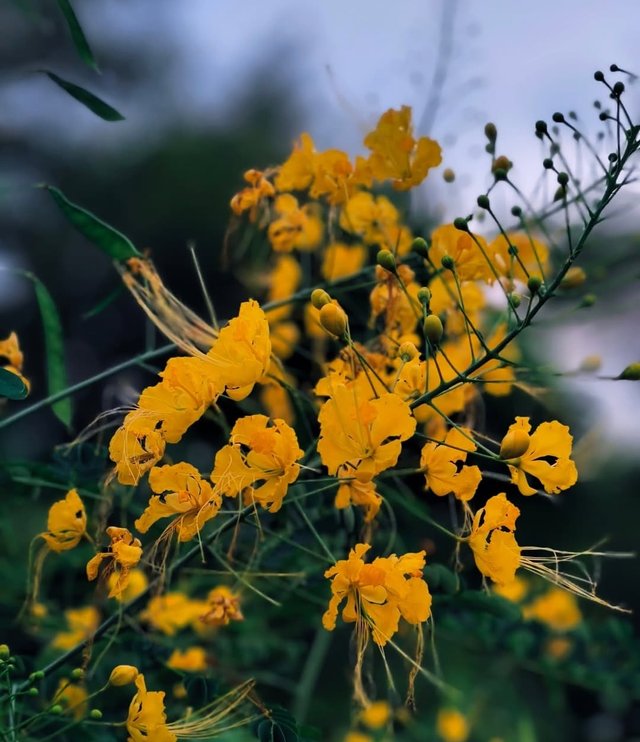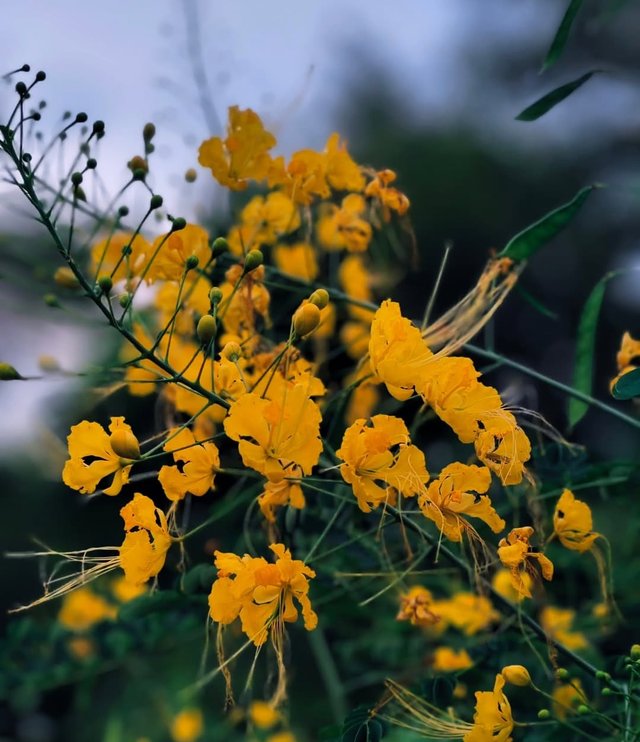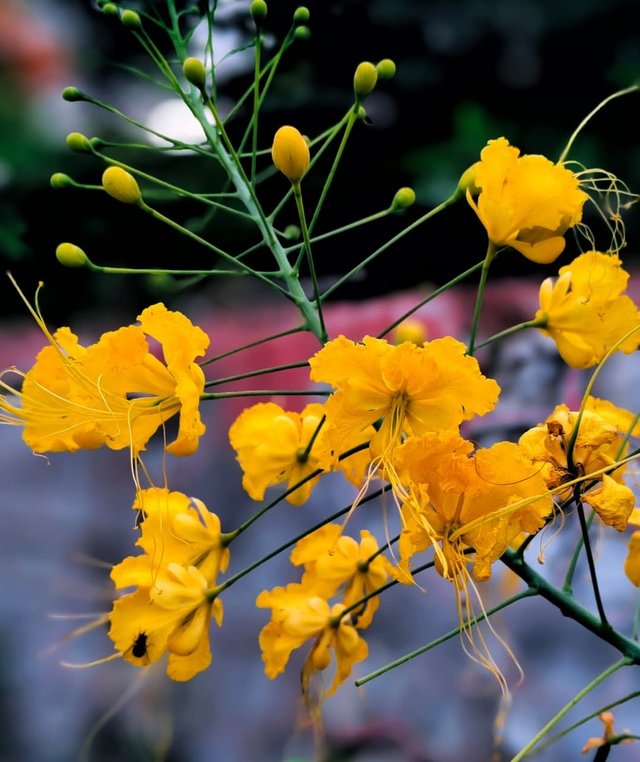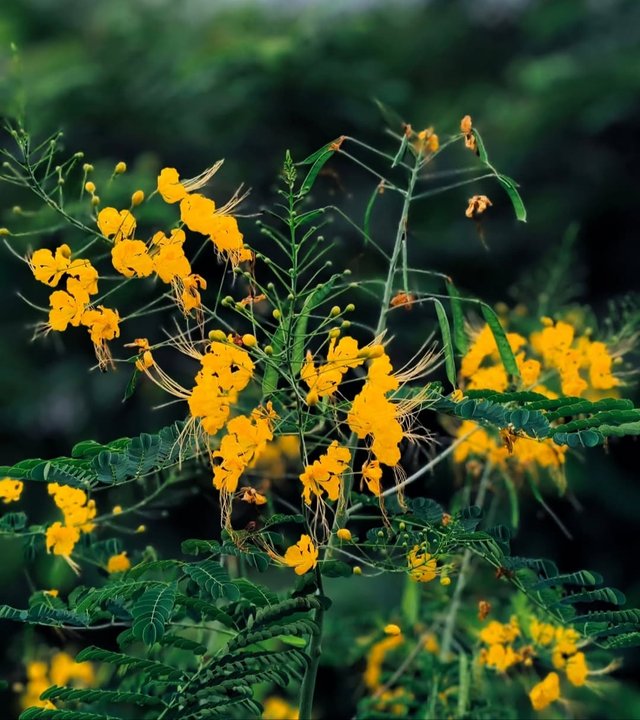Beautiful Caesalpinioideae Flower
Caesalpinioideae, a subfamily within the Fabaceae family, represents one of the most fascinating and diverse groups of flowering plants. Known for their striking blossoms, intricate leaf patterns, and ecological importance, members of Caesalpinioideae bring both beauty and functionality to the natural world. This subfamily includes many familiar ornamental trees and shrubs such as Cassia fistula Caesalpinioideae species exhibit great variation in form, ranging from small herbs and shrubs to towering tropical trees. The leaves are typically compound and alternate, often with a distinctive feathery or bipinnate structure. The flowers, although less symmetrical than those of the Papilionoideae subfamily, are uniquely attractive — often displaying bright hues of red, orange, or yellow. The petals are arranged in a slightly irregular fashion, giving the blooms an exotic and radiant appearance.
The fruit of these plants is usually a pod, typical of legumes, containing several seeds that are dispersed by wind, water, or animals. This pod-bearing trait not only aids in reproduction but also contributes to soil enrichment through nitrogen fixation, a hallmark of the legume family.
Caesalpinioideae plants are widely distributed across tropical and subtropical regions of the world. They thrive in open woodlands, savannas, and tropical forests, often serving as vital components of the ecosystem. Many species prefer well-drained soils and full sunlight, though some adapt remarkably well to arid or semi-arid conditions. The subfamily is particularly abundant in Africa, South America, and South Asia, where its colorful members enhance both the landscape and biodiversity.
Ecologically, the Caesalpinioideae subfamily plays a key role in maintaining healthy ecosystems. Like many legumes, these plants engage in symbiotic relationships with nitrogen-fixing bacteria, enriching the soil and supporting surrounding vegetation. They also provide nectar and shelter for a wide variety of pollinators, including bees, butterflies, and birds.
Economically, Caesalpinioideae species have diverse uses. Several species, such as Additionally, certain species are valued for their timber, medicinal properties, or as shade trees in tropical plantations.
In many cultures, members of this subfamily hold symbolic and medicinal importance. The Golden Shower Tree, for instance, is the national tree of Thailand and a traditional symbol of prosperity. In Ayurveda and traditional medicine, various parts of Cassia species are used to treat ailments such as fever, constipation, and skin diseases.
Despite their resilience, some Caesalpinioideae species face threats from habitat loss, deforestation, and overexploitation. Conservation efforts, including seed banking, habitat protection, and sustainable cultivation, are essential to preserve these species for future generations.
In a world where biodiversity is increasingly under pressure, the Caesalpinioideae subfamily stands as a reminder of nature’s artistry and resilience. Their vivid blossoms, ecological contributions, and cultural legacy make them a cornerstone of tropical flora — living treasures that continue to enrich both ecosystems and human life.
Caesalpinioideae is far more than a botanical classification; it is a celebration of color, life, and ecological balance. From the brilliant flames of Delonix regia to the golden cascades of Cassia fistula, this subfamily exemplifies nature’s capacity for beauty and utility intertwined. Whether admired for their ornamental splendor or studied for their ecological roles, Caesalpinioideae plants remain indispensable jewels of the plant kingdom.
Thanks For Reading
Device Information
| Device | Redmi Note 10 Pro |
|---|---|
| Lens | 64 mp |
| Location | Bangladesh |




